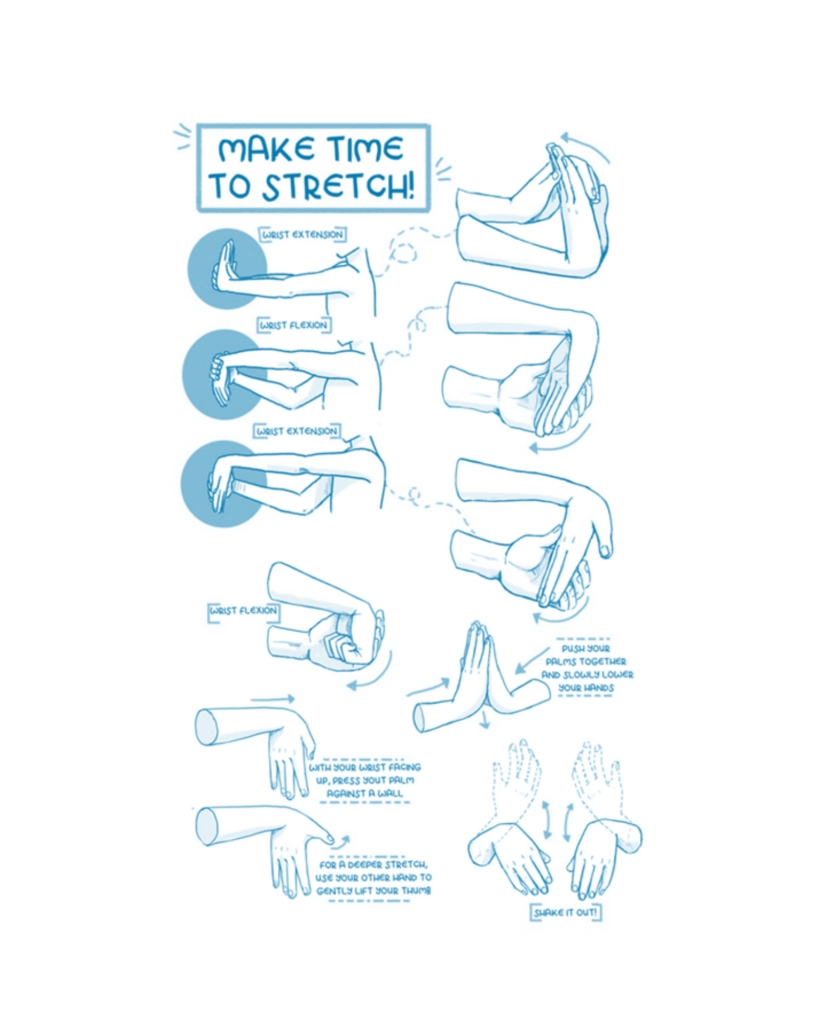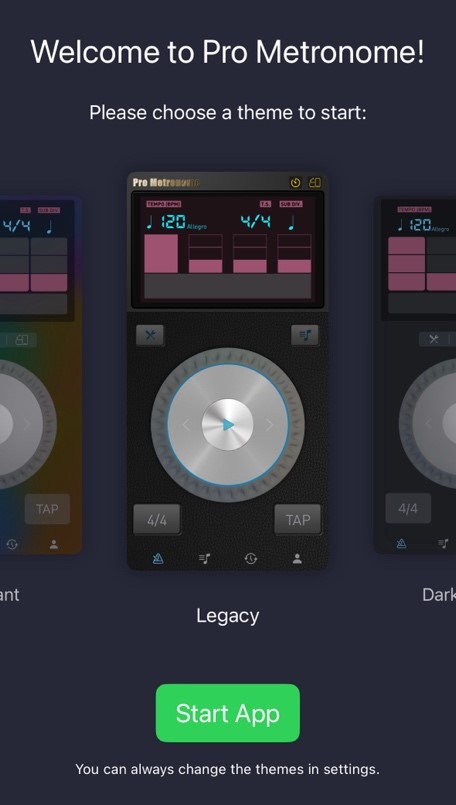Table of Content
Introduction
Playing the piano first thing in the morning is a wonderful experience, and if you practise every morning, your ability level will quickly rise to new heights. We’ve included a step-by-step tutorial below to help you easily include piano practice into your regular routine.
The first thing we would advise you to do is go to piano first thing in the morning. Everything is always difficult at first, but when you get going, it will become easy.
Step 1 – "Start Your Piano Practice Right: 5-Minute Warm-Up & Stretch Routine for Beginners"

Just sit on the chair or piano bench and start playing the piano. Try not to think about anything else at this time; just look at the piano keys, feel the piano, and try to be there with your friend which is piano. Just do the stretches that are indicated. This will be the start of an incredible practice program.
Step 2– "Improve Your Rhythm: 5-Minute Metronome Practice for Piano Beginners"
The simplest and easiest technique to get better at rhythms is to practise with a metronome. Even just five simple finger drills will have a significant positive impact on your piano playing.
Visit the Apple Store or Play Store. Look for a metronome and download the free app below. You can utilise a “FREE APP.”



Install the app, then select 60 beats per minute (BPM). This means that you will play one note for one second. Continue to practice the five finger at 60 BPM. Once you are comfortable with the Right hand, try the Left, and once you are comfortable try both hands together. Practice until you are very comfortable playing at 60 BPM; if that is too fast, try 40 BPM. As you study the piano, this will help you develop your rhythms and music-playing skills, which are crucial.
Step 3 – "Master the Basics: 5-Minute Five Finger Drill for Piano Beginners"
The exercises on the fifth and fourth fingers are particularly beneficial for beginning pianists as they strengthen the fingers, which are typically the weakest. Spending five minutes a day on this finger workout will help you build strong finger muscles and a strong muscle memory. Always start slowly, as was previously advised. Start Right Hand first and try your left, and then both hands at 40 beats per minute (BPM). Once comfortable try both hands at 40 beats per minute once you are comfortable, then increase to 60. You will get much better at the piano with this five-minute drill.
Right Hand: 1 2 3 4 5
C D E F G
Left Hand: 1 2 3 4 5
C D E F G

Step 4 - Practice your scales – 10 minutes
Scale practice is a great way to get your piano practice going. Don’t undervalue the power of scales; its straightforward foundation will go a long way towards helping you strengthen your fingers and muscles. Start with one or two major scales per day, and in a week, you will be ready to practise and finish the scales. According to the chart below, you can practice one major scale and one relative minor scale.

and in two weeks, you would have practiced and practiced all major and relative natural minor scales, which will in total of 24 scales.
Step 4 - Cool Down – 5 minutes
By this point, your fingers ought to have warmed up and you ought to be well into the learning process. Now, relax and chill down for the last five minutes of your morning’s thirty-minute practice session. If you think you need additional time to learn some of the practice’s weaker elements, you can still practise them.
Conclusion
Congratulations! By using this 30-Minute Morning Practice Routine for Beginners, you are getting closer to taking the first step towards mastering the piano: “Boost Productivity & Energy” ☕ is a fantastic way to spend your time listening to music, and you’ll start to see effects in just seven days.

